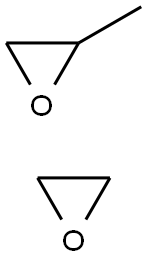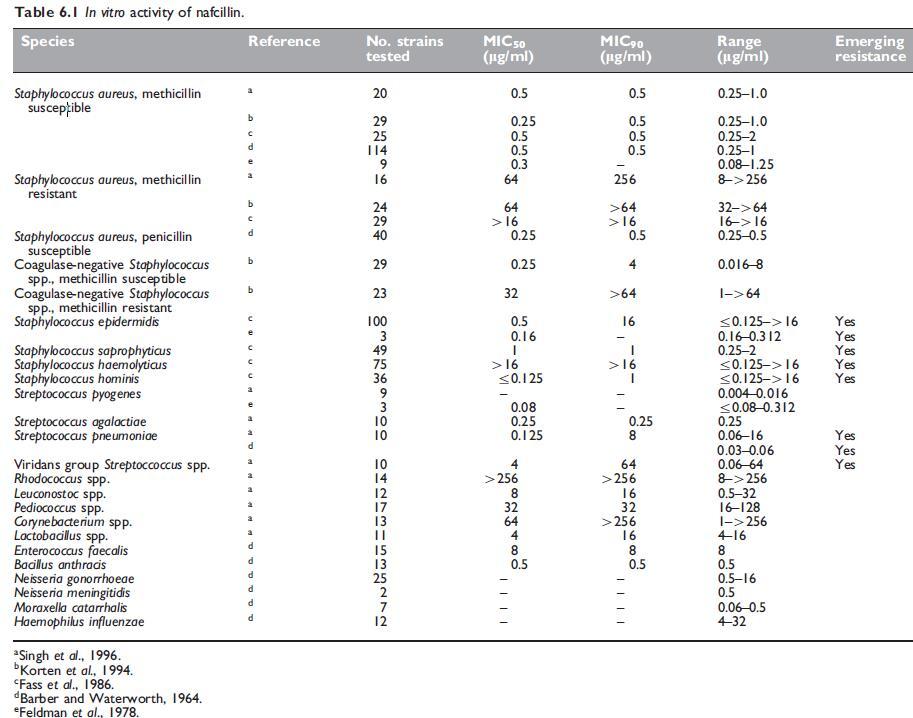Pharmacology of Polyethylene-polypropylene glycolSimeprevir
General description
Polyethylene-polypropylene glycol is used as a food additive. It belongs to the family of Epoxides. These are compounds containing a cyclic ether with three ring atoms (one oxygen and two carbon atoms). A copolymer of polyethylene and polypropylene ether glycol. It is a non-ionic polyol surface-active agent used medically as a fecal softener and in cattle for prevention of bloat. Poloxamer, whose trade name is Pluronic, is a new type of high molecular non-ionic surfactant. Its molecular formula is ho (C2H4O) m · (C3H6O) n h, which is a block copolymer of polyoxyethylene and polyoxypropylene ether. Medicinal excipients. Theoretically, there can be countless kinds of compounds with such basic structure. NF standard stipulates that its molecular weight ranges from 1000 to 7000, and the compounds with different hydrophilic oil-water equilibrium values are copolymerized by an appropriate amount of polyoxypropylene and an appropriate amount of polyoxyethylene[1].
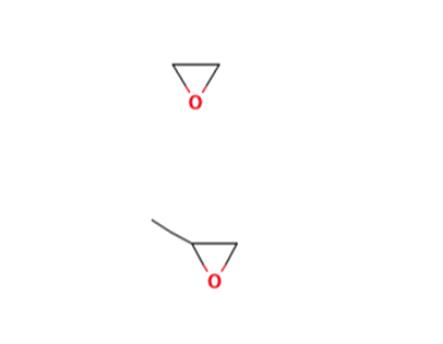
Figure1 the structure of Polyethylene-polypropylene glycol
Application and Pharmacology[2]
1. As emulsifier and stabilizer: poloxamer188 (Pluronic F68), as an oil in water emulsifier, is one of the few synthetic emulsifiers used in intravenous emulsion. The dosage is 0.1% ~ 5%. The emulsion prepared with this product has few emulsion particles, generally within 1 μ Below m, the absorption rate is high. It has stable physical properties and can withstand hot pressure sterilization and low temperature freezing. Application examples: fat emulsion infusion for injection. Lipomul's prescription: 150g cottonseed oil, 12g soybean phospholipid, Pluronic F68 3G, 40g glucose, and 100ml water for injection.
2 as solubilizer: This product can form micelles due to surfactants and increase the surface solubility of various drugs, such as salicylic acid, diazepam, indomethacin, metronidazole, etc. Taking salicylic acid as an example, salicylic acid can be solubilized in two Pluronic classes Pluronic L65 and Pluronic F68. Each mole of Pluronic L65 can solubilize salicylic acid by 1.3mol, and each mole of Pluronic F68 can solubilize salicylic acid by 0.93mol, indicating the stable solubility of salicylic acid in different concentrations of Pluronic. Solubility of salicylic acid in Pluronic per minute (mg / ml) × 10000)。 The solubility of salicylic acid in F68 increases gradually with the increase of surfactant concentration, but in L65, the solubility increases rapidly to the maximum with the increase of concentration, but then decreases gradually.
3 as absorption enhancer: on the one hand, because this product slows the intestinal peristalsis, the retention time of the drug in the gastrointestinal tract increases and the absorption increases, which can improve the bioavailability of oral preparations. On the other hand, this product has good compatibility with the skin, increases the skin permeability and promotes the absorption of external agents.
4 as a slow release material: solid products with large molecular weight, used as adhesives, coating materials, etc. to prepare tablets, capsules, gels, etc., to achieve sustained release and controlled release purposes, and achieved satisfactory results. The dosage is 5% ~ 15%.
5 as solid dispersant: Pluronic solid products can be used as carriers of solid dispersions, such as solid dispersions prepared by butazone, griseofulvin, digoxin, digoxin and this product, which greatly improves the solubility of these drugs and promotes the absorption of these drugs. The dosage is 2% ~ 10%. 6 this product, which is used as the solid model of cream and suppository matrix, is not only soluble, but also can promote the absorption of drugs. It can also play a slow-release role when used as the matrix.
6.Pluronic is a classical thermo-sensitive polymer that achieves sol-gel transition with the change of temperature.However, the structure of hydrogel is unstable, and it is difficult to preserve long, and has a single function in wound dressing application. In this research, the thermo-sensitive composite hydrogel was synthesized by mixing pluronie F127 and F68 with an antibacterial compo- nent CS which can also be used for irregular wound healing. The temperature sensitivity, microscopic morphology, antibacterial activity and the fit to the wound were investigated by test tube inversion. SEM, bacterial coating method and wound model. The results showed that the composite hydrogel was thermo-sensitive, and formed gelatin at body temperature.The F127/F68/CS hydrogel showed a structure feature of hich porosity and 3-dimensional networks. The antibacterial was gradually in creased with the increase of CS. And the hydrogel could adhere tightly on the wound.F127/F68/CS composite hydrogel is expeeted to reduce wound infection and promote wound healing due to its con venience of preparation, temperature sensitivity, suitable porous structure, antibacterial properties and good wound adhesion[3].
Storage and Safety
PH: take 1.0g of this product, dissolve it with 40ml of water, and measure it according to law. The pH value should be 5.0 ~ 7.5. Category editing and broadcasting of medicinal excipients (for oral administration).Pharmacology and toxicology editor broadcast no physiological activity, no hemolysis, no irritation to skin and low toxicity.Precautions: if the solid is used in the form of liquid, it can be dissolved in water above 50 ℃ and prepared into a solution. Storage, editing, broadcasting, shading and airtight storage.The validity period of editing and broadcasting is tentatively two years.
Reference
1.Effect of Surfactant Poloxalene Absorption, and Serum Cholesterol 2930 on Food Intake, in Rats,".
2.Feng Tianqi, Wang Chunli, Wang Siyao, etc.: preparation of chitosan / poloxamer composite thermosensitive hydrogel. Journal of Jilin Agricultural University, 2021, issue 06, page 679-684.
3.Wen Xia, Wang Zhenzhen, Liu Zhiqiang, et al. "Effect of poloxamer 188 on dissolution, transport and stability of drug solid dispersion", Journal of Shenyang Pharmaceutical University, No. 10, 2021, pp. 995-1005.
);You may like
Related articles And Qustion
Lastest Price from Polyethylene-polypropylene glycol manufacturers
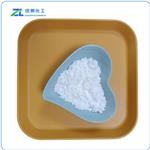
US $32.00/kg2024-04-27
- CAS:
- 9003-11-6
- Min. Order:
- 1kg
- Purity:
- 99%
- Supply Ability:
- 5000kg/week
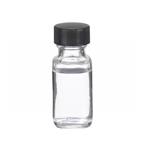
US $10.00/kg2024-04-26
- CAS:
- 9003-11-6
- Min. Order:
- 1kg
- Purity:
- 99%
- Supply Ability:
- 10000 tons
